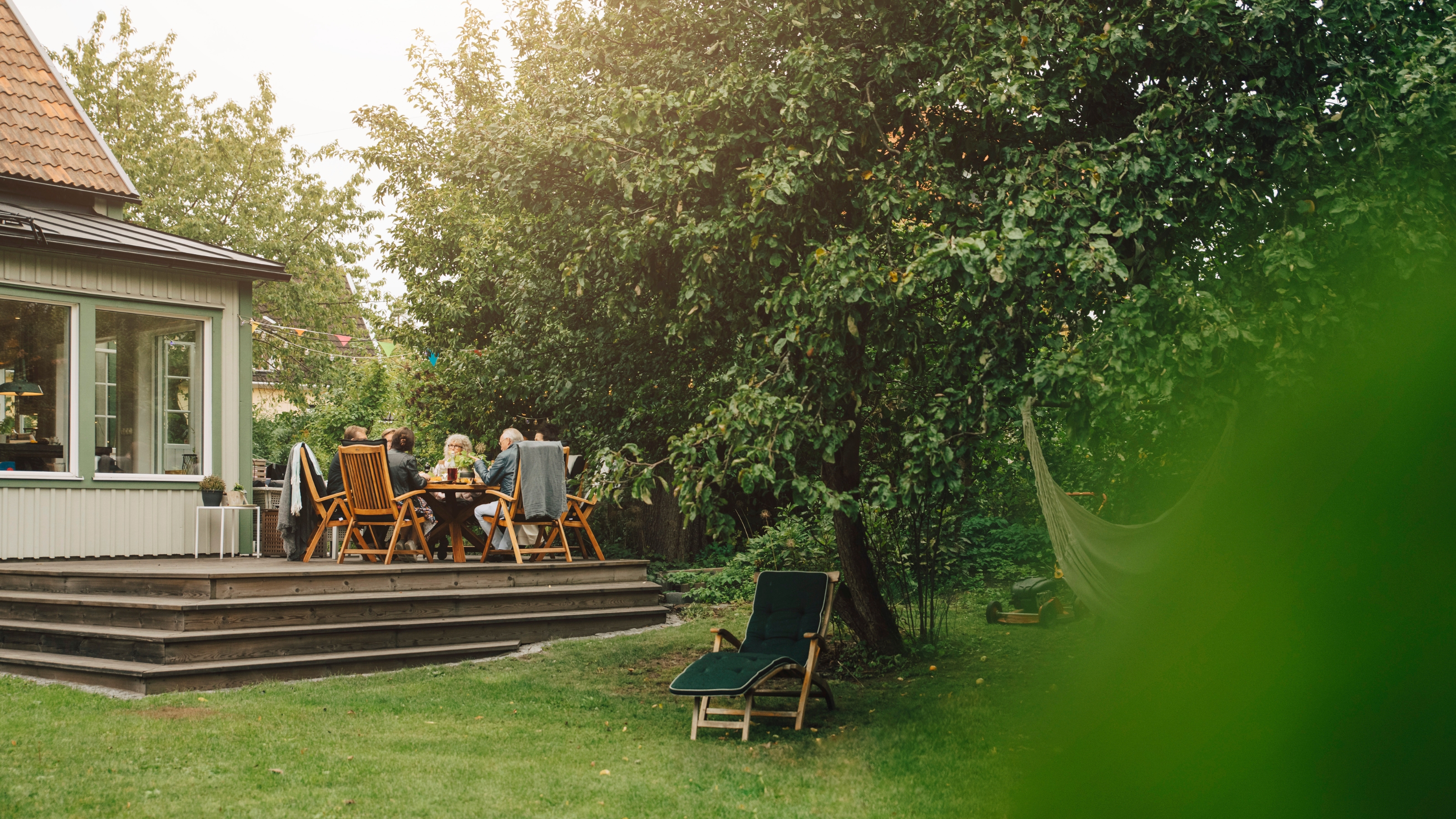
Knowing common backyard privacy mistakes is key if you're looking to turn yours into a private, tranquil oasis.
Our garden and landscaping experts reveal the nine most common backyard errors and how to avoid falling into these traps to ensure your peace and privacy, which is especially important if your outdoor space is overlooked.
When it comes to backyard privacy ideas, knowing what to avoid can be a really handy starting point that saves you unnecessary hassle — not to mention expense.
Essential backyard privacy mistakes to avoid
When it comes to small backyard ideas, it pays to be aware of potential pitfalls before you rushing into renovating. Our experts detail common backyard privacy mistakes that can undermine your efforts, with detailed tips on how to avoid them.
Where our pros have recommended products, we've sourced high-quality items from trustworthy retailers to help you bring coveted privacy to your backyard oasis.
All prices were correct at time of publication.
1. Selecting the wrong plants
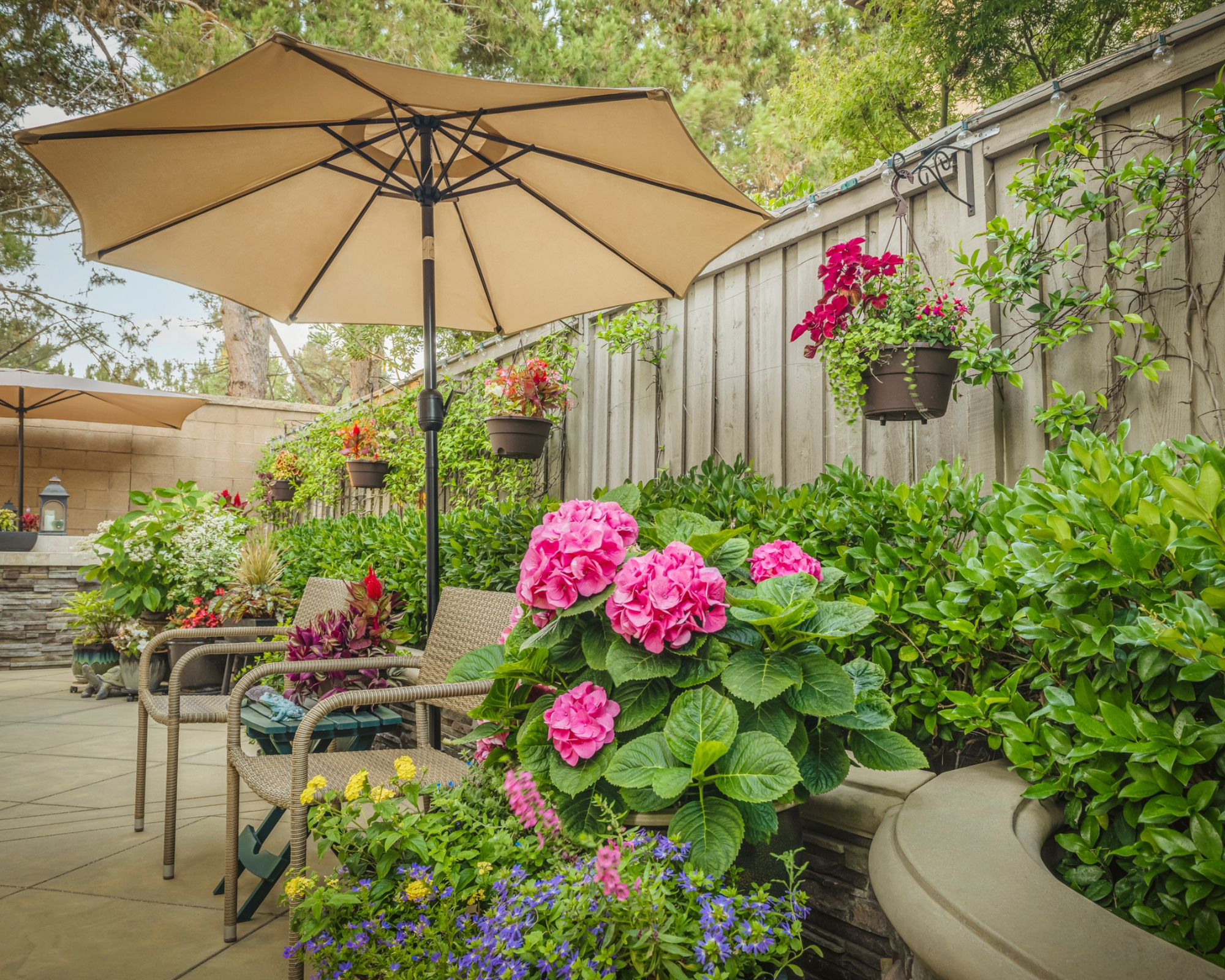
Choosing plants that aren't suited to your climate or soil is a frequent flyer for backyard privacy mistakes. For example, exotic plants might look attractive but could struggle in your region, leading to patchy coverage or complete plant failure.
Fast-growing plants such as bamboo might seem like a quick fix, but some varieties can become invasive, spreading beyond your control. Researching and consulting with local nurseries can save you from these pitfalls.
Instead, opt for native or well-adapted species that will thrive in your US gardening zone.
Ornella Bianco, home improvement specialist at Fixr, says, "So often we see homeowners expect certain plants to provide adequate coverage, only to find they fail to reach sufficient height, or that they just don't thrive in the local climate. In other cases, trees may lose their leaves in the winter or grow too tall and end up blocking sunlight.
"Researching and selecting tree varieties suited to your climate is crucial. Consult a professional landscaper about native species popular to thrive with minimal maintenance in your area."
Tom Bruzek, land buying specialist at Selling Land Fast, says, "One good solution is to use a layered approach to foundation planting with a mix of groundcovers, shrubs, and taller plants. This creates depth, visual interest and additional privacy in your backyard.
"Perennial groundcovers like creeping thyme or sedum (also known as stonecrop) provide coverage and reduce maintenance. Hardy shrubs such as hydrangeas or azaleas offer seasonal interest and contribute to privacy. Proper soil preparation and mulching are also important; using organic mulch can improve soil health, retain moisture, and reduce weeds."
Tom recommends this Endless Summer Hydrangea from Walmart for its beauty and the ability to continuously bloom through the season. For its excellent soil condition and nutrient content, Tom recommends Miracle-Gro Potting Soil from Amazon.
Tom adds, "This thoughtful combination of plants and preparation ensures a robust and aesthetically-pleasing garden foundation."
2. Overcrowding plants
In the quest for instant privacy, it's tempting to plant shrubs and trees too closely together. While this might provide immediate coverage, overcrowding can lead to long-term issues.
Plants need space to grow both above and below ground. When placed too close, they compete for nutrients and water, resulting in stunted growth and increased susceptibility to disease.
Tom says, "To avoid overcrowding plants in small spaces, it's essential to measure your area, plan and choose the plant arrangement carefully, considering their mature size and growth rate.
"Opt for dwarf or compact plant varieties that fit the scale of your space, such as dwarf boxwood shrubs or columnar arborvitae, which are tall and narrow, ideal for limited areas. Additionally, using vertical planters can save ground space by allowing plants to grow upward."
Tom recommends Boxwood Wintergreen Shrubs, available from Target for their compact size and ease of maintenance, and the Outland Living Raised Garden Bed from Amazon, which maximizes space and is perfect for small areas.
Taylor Olberding, co-owner of Heroes Lawn Care, recommends the Thuja Green Giant from Fast Growing Trees. He says, "It's fast-growing and can provide privacy without taking up too much yard space."
He adds, "Whatever plants you opt for, try to position them strategically to block specific areas you want to cover, rather than trying to cover the whole property."
Proper plant spacing, as recommended by horticultural experts, ensures healthy growth and a more sustainable privacy screen.
3. Neglecting trellises

Trellis ideas are often overlooked in backyard privacy plans but these structures not only add height to your garden, they also support climbing plants to create a lush, green vertical garden wall.
Ornella says, "Failing to include trellises in your backyard is a common oversight. Trellises serve both functional and aesthetic purposes by supporting climbing plants and enhancing privacy. They are great for blocking vision from above or creating a vertical privacy screen."
Neglecting to incorporate trellises means missing out on a vertical dimension that can enhance privacy and aesthetic appeal. Consider plants like ivy, clematis, or jasmine, which can quickly cover a trellis, providing both beauty and seclusion.
The Red Barrel Studio Alamanda Trellis from Wayfair is 87 inches tall and supports a wide variety of climbing plants. It requires assembly, but happy shoppers who reviewed the item an average of 4.7/5 stars say it's easy and quick to install.
4. Installing low-quality fencing
Suitable fence ideas are vital, but opting for low-quality materials can quickly become result in costly backyard privacy mistakes. Cheap fencing might save money upfront but often requires frequent repairs and replacements, especially if you live in a wind or storm-prone area, compromising your privacy and security.
Tom says, "Investing in high-quality fencing materials is key to ensuring durability and long-term satisfaction. Choose materials like treated wood, vinyl, or composite that resist weathering and last longer. Cedar wood fencing, for example, is naturally resistant to decay and insects (such as wood-eating carpenter ants), making it a reliable choice."
Tom recommends the Alta Forest Products Cedar Fence Picket from The Home Depot due to its natural resistance to decay and insects, and the Veranda White Vinyl Fence Panel Kit, also from The Home Depot which is durable and low-maintenance, providing excellent privacy.
By investing in high-quality outdoor materials like cedar or vinyl, which offer durability and low maintenance, you can ensure your privacy solution stands the test of time.
5. Underutilizing vertical space
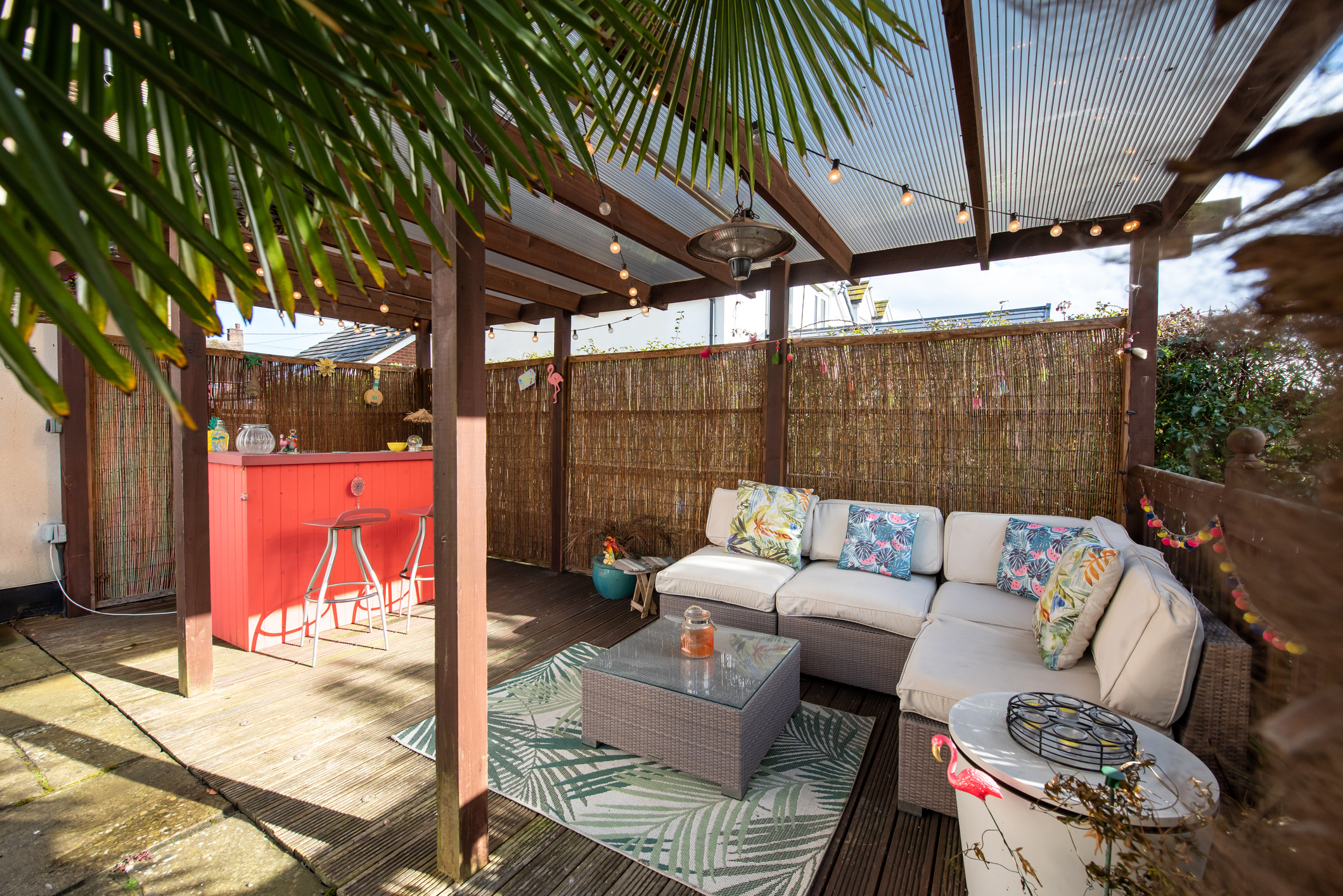
The vertical space in your backyard offers numerous opportunities for enhancing privacy, yet many homeowners fail to make the most of it.
Beyond trellises, consider installing vertical planters, hanging baskets, or even tall garden sculptures. These elements not only contribute to a sense of seclusion but also add layers of visual interest to your garden.
Steve Schumacher, founder of Boston Landscape Co, says, "In a recent project, we installed trellises with climbing hydrangea and wisteria, which not only provided a lush, green barrier but also added seasonal blooms that increased the patio’s aesthetic value.”
By thinking vertically, you can maximize privacy without sacrificing valuable ground space.
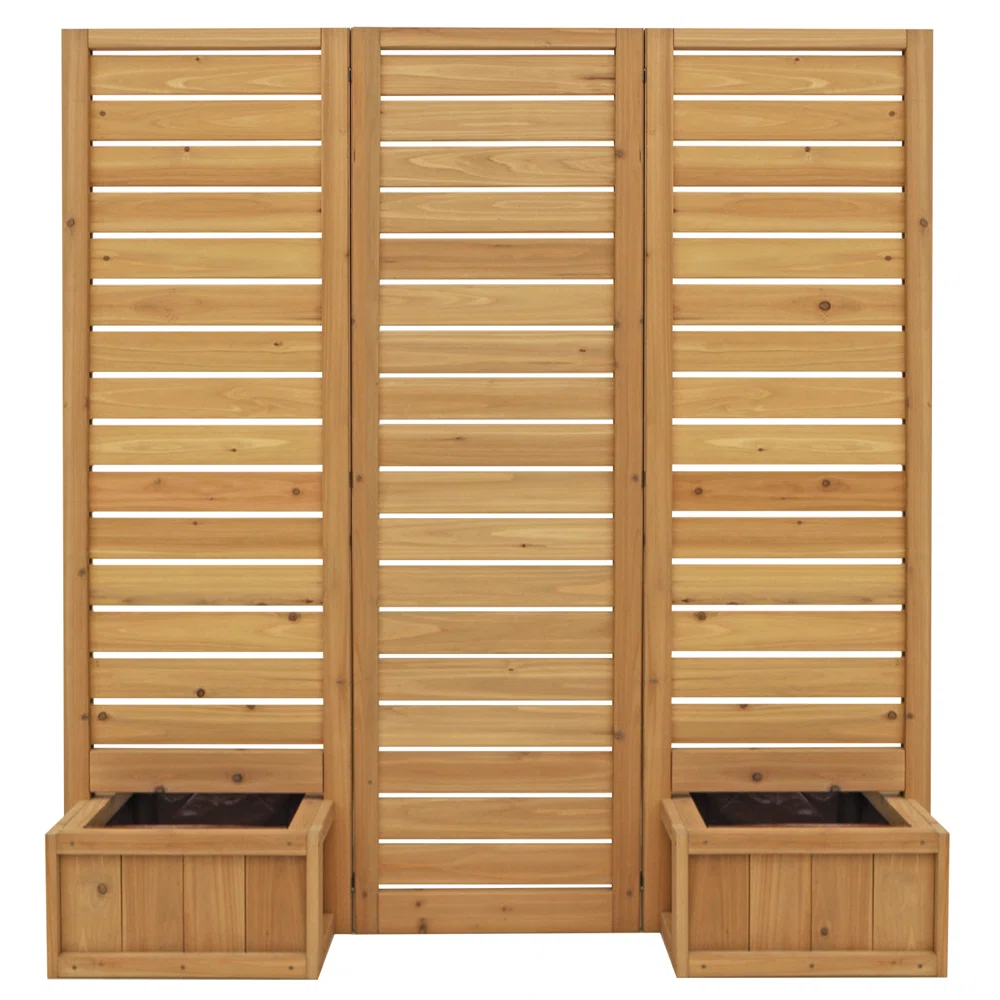
Price: $410.99
Made from 100% premium exterior grade cedar lumber, this privacy screen comes with integrated planters and slat panels to help maximize your garden space.
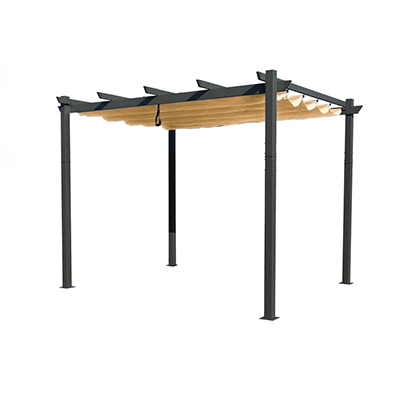
Price: $307
This powder-coated aluminum frame is designed to withstand the elements and provide a durable structure that adds vertical privacy to your outdoor space.
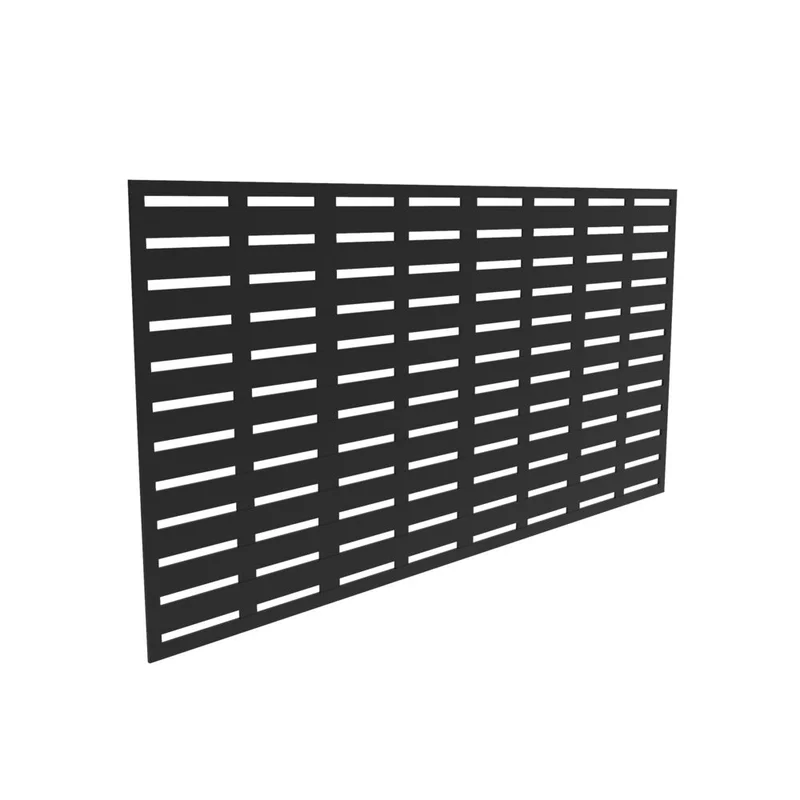
Price: $78.08
Choose from white, gray, or black for this simple privacy screen. It's made from polypropylene plastic and is UV resistant so it won't fade over time.
6. Not consulting neighbours
In the excitement of creating a private haven, it’s easy to forget about your neighbors. However, not consulting them can lead to conflicts and frustrations down the road. Tall fences, large trees, or even certain plant species might affect their view, light, or space.
Tanner Hamby, director of operations at Stand Strong Fencing, says, "The last thing anyone wants is arguments or even legal issues. Before starting any work, consider sending a letter to your neighbor or just having a chat with them.
"Make sure the fence or wall is definitely within your property boundaries. If you’re unsure, it might be worth hiring a surveyor to check."
While waiting for neighbors to agree to your plans, or if you're waiting on items, Tanner recommends this bamboo screening fence from Amazon as a temporary privacy solution. He adds, "They’re super easy to install and you can remove them when you don’t need them anymore."
Respecting your neighbors' perspectives helps maintain a harmonious relationship and a pleasant living environment.
7. Blocking sunlight
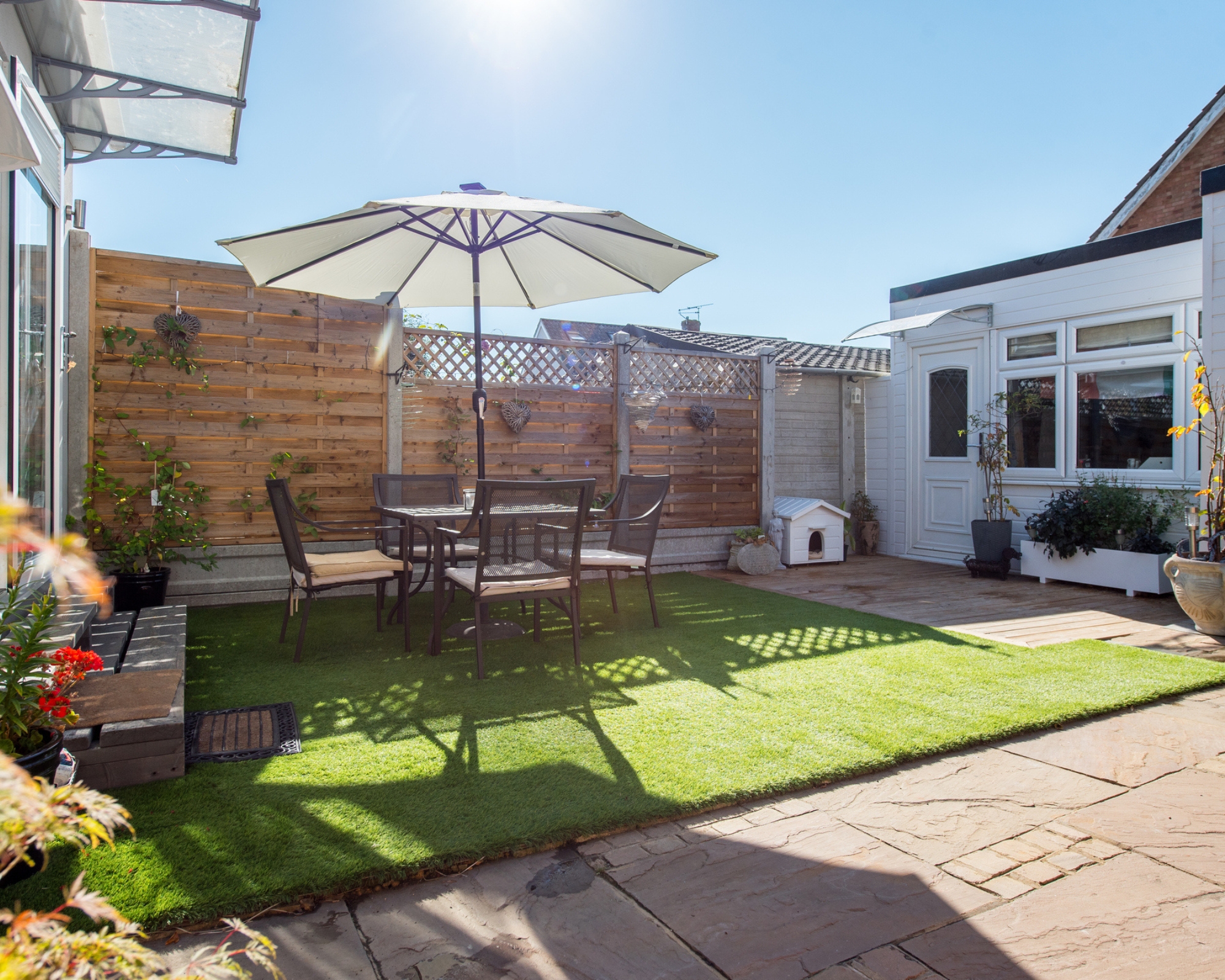
While creating privacy is essential, it’s important not to sacrifice sunlight in the process. Tall fences, dense plantings, or poorly positioned structures can cast significant shadows, turning a sunny backyard into a dark, uninviting space.
Rafi Friedman, president of Coastal Luxury Outdoors, says, "High privacy walls, awnings, and hedges can help to create a secluded space in your backyard, but if you build them in such a way that they block out too much sunlight, your yard will be too chilly to enjoy in the spring or fall, and you'll have a hard time growing the kinds of plants you might want."
It might also contribute to water logging in your lawn.
Consider the path of the sun and aim to balance privacy with light. Choose semi-transparent materials or plants that provide screening without entirely blocking light, ensuring your backyard remains a bright and welcoming environment.
8. Compromising safety
Privacy solutions should never come at the expense of safety.
Tall fences or dense shrubs can create hidden spots that might feel secluded but also offer potential hiding places for intruders, or 'black spots' where children and pets are out of sight.
Rafi says, "Especially if you have kids, it's important to design your backyard in such a way that you have easy sight lines on what they're doing at any given time. This is extra important if you have a pool, hot tub, or other water feature, but even a swing set or sandbox is much safer if it's kept in sight."
Ensure your backyard privacy measures do not compromise visibility and security. Motion-sensor lights and a well-considered backyard layout that avoids creating concealed areas can enhance both privacy and safety, giving you peace of mind.
9. Overlooking maintenance
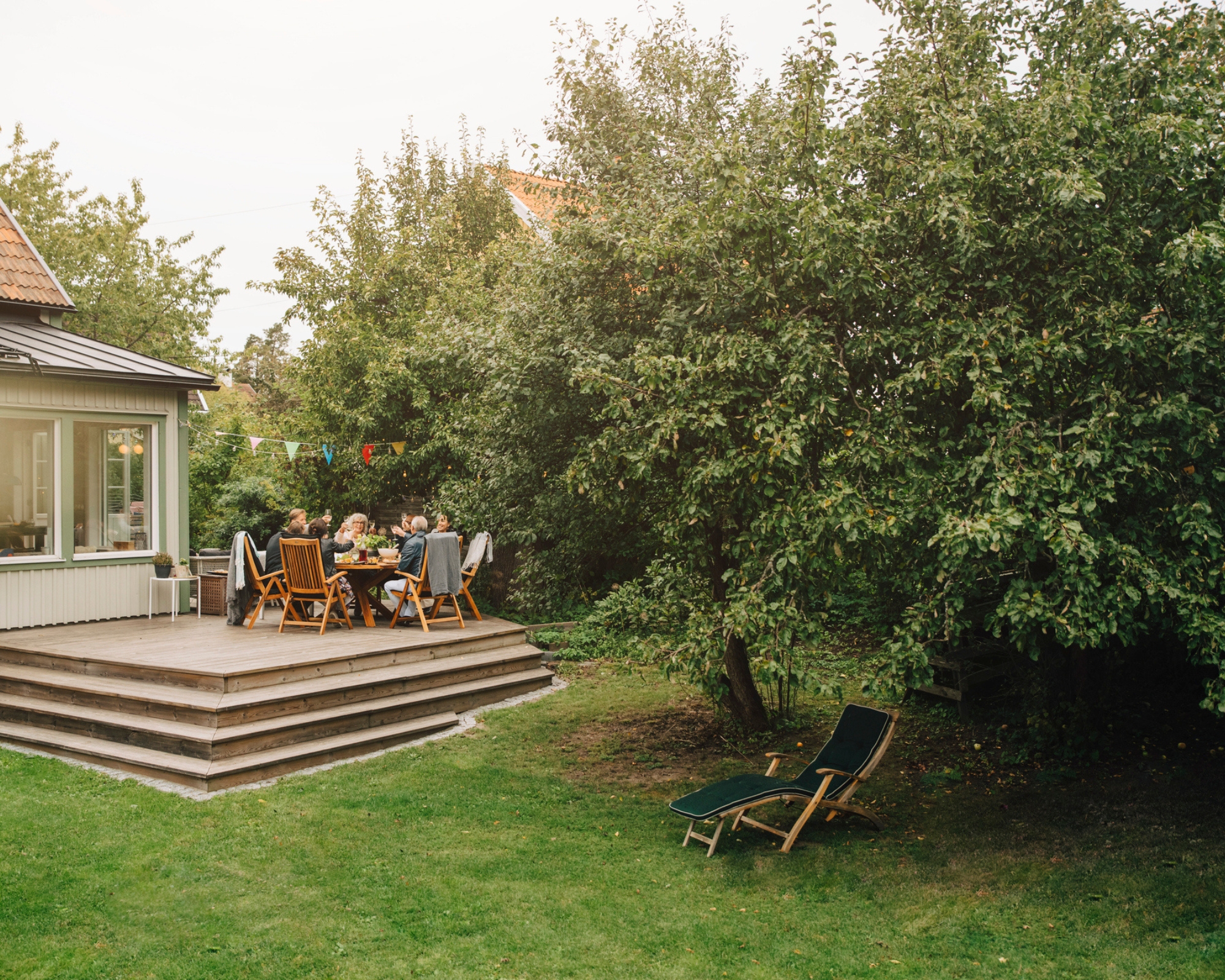
Finally, a common backyard privacy mistake is overlooking the maintenance requirements of your chosen solutions. High-maintenance plants might need frequent pruning, watering, and care, while wooden fences require regular staining or sealing to prevent rot and decay.
Tony O'Neill, founder of Simplify Gardening, says, "I once attempted to create a privacy screen using fast-growing vines, only to realize they required more maintenance than I anticipated. Switching to a combination of clumping bamboo and lattice panels not only provided instant privacy but also required much less upkeep. This experience taught me the importance of planning and selecting the right plants and structures."
Tony recommends purchasing a drip irrigation kit to ensure consistent watering of plants while reducing your maintenance efforts. This Abakuku Drip Irrigation System from Amazon comes with a 50-meter tube and 184 pieces to help supply all areas needed.
Be realistic about the time and effort you can commit to upkeep. Opt for low-maintenance materials and plants that fit your lifestyle, ensuring your privacy features remain effective and attractive over time.
Meet our experts
So there you have it — nine backyard privacy mistakes to avoid, and what to do instead. By avoiding these common mistakes, you can design a space that is both beautiful and functional. With thoughtful choices and a bit of foresight, your backyard can become the secluded sanctuary you’ve always desired.
Combine deck privacy ideas and learn how to build your own pergola for even more serene and secluded backyard gems.







